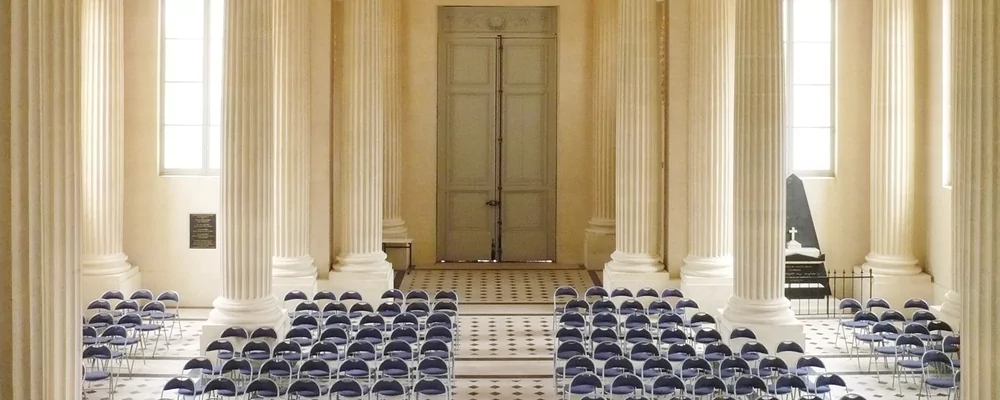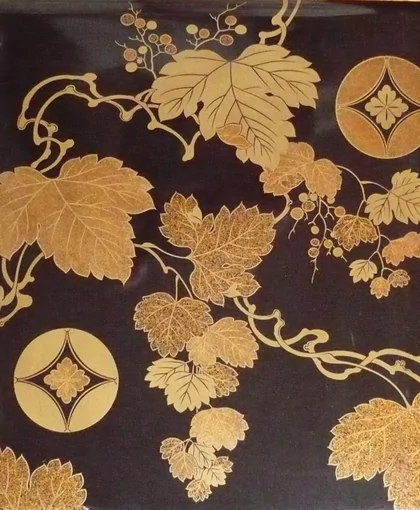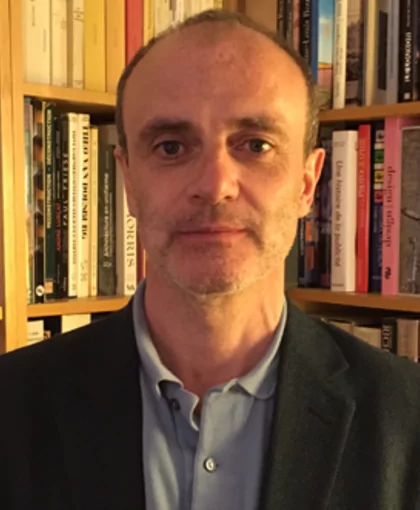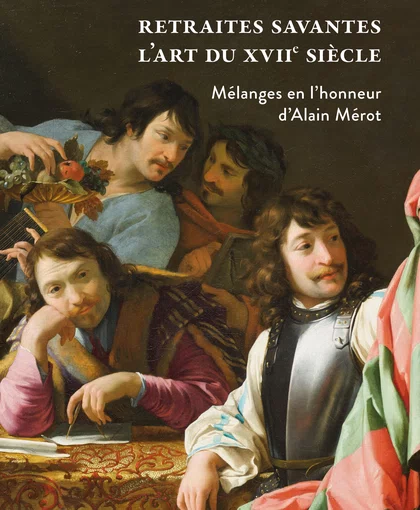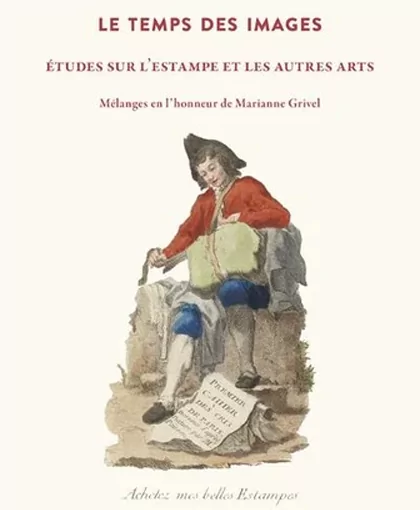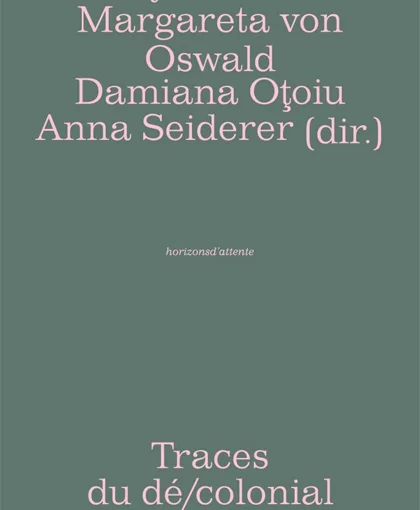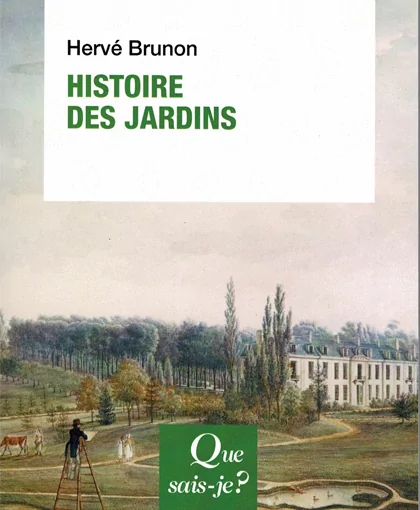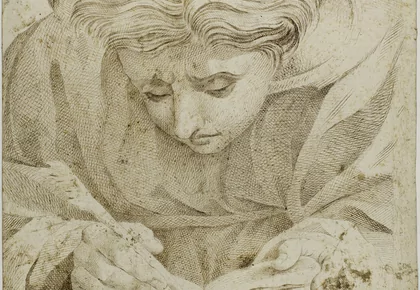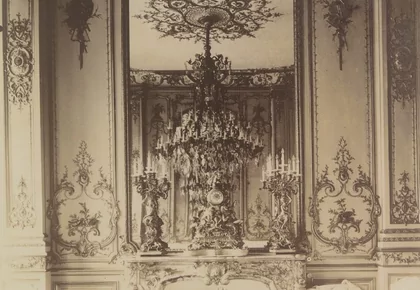The research carried out within Theme 1, ‘Decors, monuments and landscapes’, responds to the growing interest of European and non-European societies in safeguarding and valorising architectures, urban spaces and landscapes transformed by the modernisation of territories, especially since the Industrial Revolution. Societal changes lead to densification or abandonment of town centres and urbanisation of their outskirts. They produce as much degradation as opportunities for recovery, subjects of study by members of Theme 1, from basic research to dissemination of results to citizens.
The educated observer and the layman apprehend natural or cultural spaces according to three scales: nature presupposed to be intact or organised by man (landscapes and gardens); city and architecture (urban spaces, monuments and ordinary buildings), as well as their assignments; structures and layout embodied in social, technical, functional, aesthetic and symbolic dimensions.
Monuments are studied as material witnesses aiming for the durability of political ideas, especially through their institutionalisation since the 19th century. By their location, program, dimensions, materials and decoration, monuments appear as built ideologies. Their symbolic charge expresses national identities, a concept that gradually emerged from the 19th century. Still located outside the heritage field and architecture history, the periurbanisation that began in the mid-20th century is now understood as an urban dynamic as well as a built form. The involvement of the Centre André-Chastel in projects and methodological developments of the Inventaire général du patrimoine culturel at the ministère de la Culture (created by André Chastel in 1964) is constitutive of the research unit's identity.
Several members of the Centre André-Chastel joined the multidisciplinary team in charge of the restoration of Notre-Dame de Paris after the fire of 2019. Beyond this major project, researchers of the Centre André-Chastel are interested in the connections relatedness relationship between architecture and medieval urban spaces. Renaissance architecture is a subject of investigations centered particularly on the Second School of Fontainebleau. Commercial circuits and actors in luxury trade, taste, royal and aristocratic residences in France in the 17th and 18th centuries are considered from the perspective of social, material and economic history, as an expression of power or social status. History of gardens and landscapes is studied as a part of environmental humanities in a cross-disciplinarity with life sciences, particularly relevant in this period of climate change involving the evolution of biotopes.
The team associated to the Corpus Vitrearum, unique in France, studies stained glass from archaeological excavations to in situ windows, developing internationally recognised expertise. The stained glass team works within the framework of its referral by the State for any restoration or expertise of medieval, modern or contemporary glass ensembles, in major religious and civil French buildings, belonging to the State or to local authorities.
Theme 1 researchers use recent digital tools, combining the study of archives with that of archaeological material and buildings, with cultural, written, figurative and imaginary representations. Their research extends to a multidisciplinary reflection on the evolution of historiography, methods and theories. Several projects are based on the PLEMO3D platform, set up in partnership with the Université de technologie de Compiègne. Heritage research is also part of funding and networking mechanisms of the Observatoire des patrimoines de Sorbonne Université (OPUS).
